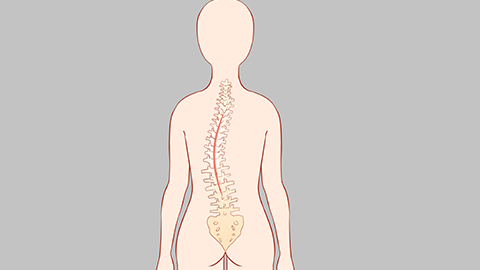Can spinal scoliosis traction straighten the spine?
In general, whether traction therapy for scoliosis can straighten the spine mainly depends on the severity and type of scoliosis, as well as the individual patient's condition. A detailed analysis is as follows:

If the scoliosis is mild in severity and classified as postural or mild structural scoliosis, and if the patient is young with remaining skeletal growth potential, traction therapy may help by applying gentle external force to stretch muscles and ligaments around the spine, adjusting spinal alignment, and assisting in reducing the Cobb angle. In such cases, traction therapy can contribute to gradually realigning the spine toward a more normal position.
However, if the scoliosis is severe and categorized as serious structural scoliosis, especially when the patient’s skeleton has reached maturity or when vertebral rotation or deformity is present, traction therapy can only temporarily relieve soft tissue tension around the spine. It cannot fundamentally correct structural abnormalities of the vertebrae and is unlikely to effectively straighten the spine. In these situations, bracing or surgical intervention is typically required in addition to conservative treatments.
Prior to initiating traction therapy, imaging examinations should be performed to clearly assess the specifics of the spinal curvature. Regular follow-up evaluations are necessary during treatment to monitor changes in the curvature angle. If symptoms such as pain or numbness occur, treatment should be stopped immediately. Traction therapy should not be blindly relied upon; treatment plans must be adjusted according to the individual’s condition, and should be combined with rehabilitation exercises to enhance spinal stability.






